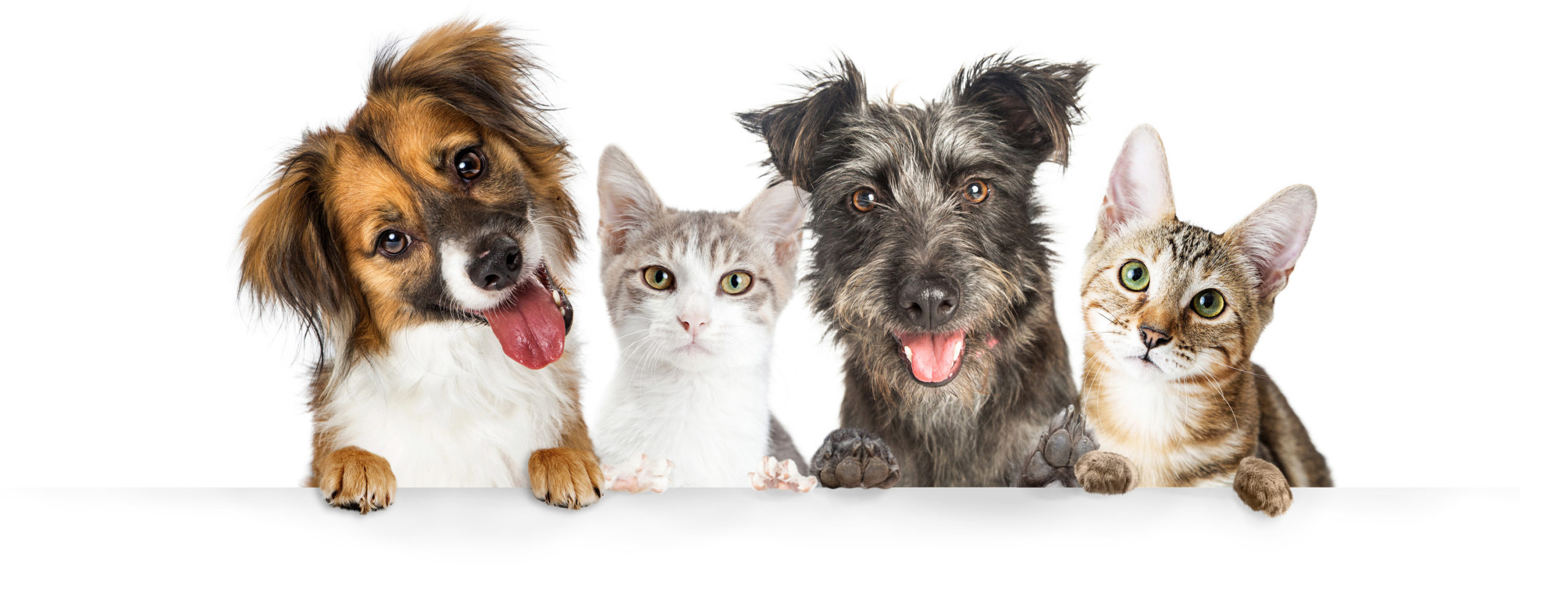Veterinary Practice News publishes an annual “Top Medical Conditions in Cats,” based on insurance claims made to pet health insurance companies. For 2017, the list includes:
1. Bladder or urinary tract problems (aka feline cystitis, FIC, or FLUTD
2. Periodontitis/Dental disease
3. Chronic kidney disease
4. Vomiting
5.Hyperthyroidism
6. Diabetes
7. Diarrhea
8. Lymphoma
9. Upper respiratory infection per cat
10. Allergic dermatitis
One notable addition to the list this year was lymphoma, a cancer of the lymph glands, which are all over the body. This cancer is particularly responsive to a “ketogenic diet” – high fat, moderate protein, ultra-low carbs. In other words, more or less the cat’s ancestral diet!
What do all of these problems have in common? Commercial pet food! And in particular, dry kibble.
It’s estimated that the cost of food for one adult cat for one year to be $175-200. This number dwarfs the cost of nearly all the diet-related diseases caused by feeding cheap, grain-based dry food.
It is “penny-wise and pound-foolish” (or “dollar foolish” to those on the western side of The Pond) to skimp on your pet’s food. Sooner or later, that false economy is going to show up as digestive issues, diabetes, skin and coat issues, or terminal diseases like cancer and kidney failure.
Back in the olden days, before our cats were overbred, line-bred, irresponsibly bred, or kitten mill-bred; when actual, decent meat was an ingredient in most cat foods; and before massive over-vaccination trashed their immune systems.
Then, pets could eat even the cheapest food and do fine. Both cats and dogs ran around outside (something we don’t encourage in the far more dangerous world of today), generally got lots of fresh air and exercise, and often supplemented their diet with bugs, catchable rodents, or anything that smelled interesting and not too rotten.
Cats regularly lived into their late teens and 20s. Cats born recently have an estimated life span of 13-15 years, rather than the 15-18 years we could pretty much guarantee an indoor cat just 20 years ago.
But multiple factors have altered both genetics and epigenetics of today’s cats. They are not as robust, and they are damaged by modern veterinary treatment and “vet-recommended” crap food made with GMO corn and pesticide-soaked produce.
Good nutrition is the foundation–the cornerstone, the bedrock, or similar metaphor of your choice–of good health. The body cannot maintain and repair itself without “good groceries,” as one of my professors called wholesome, nutritious foods.
Highly processed kibble is NOT a wholesome, nutritious food. Oh, it meets the technical specifications for this and that mineral, vitamin, lipid, or amino acid, but the quality and bioavailability are lacking.
So, now what?
You can read the many articles on this site about nutrition, but if you’re feeding any dry food (and most folks are), start with this one: 10 Reasons Why Dry Food Is Bad for Cats & Dogs.
Next, get some helpful shopping tips here: Selecting a Good Commercial Pet Food
Folks, it is really important to give kittens the right start in life by feeding a variety of foods, and not let them get stuck on just one thing. They should be willing to eat whatever you give them: canned, homemade, just-add-water foods, raw food, and yes, even dry food in case of emergencies–blizzards, hurricanes, traveling… or the store is sold out of the one flavor Kitty will eat! That’s a pickle you’d rather not be in! Older cats can be shifted to a more varied diet, it just takes time and patience. Lots and lots of patience!
So select a few brands, forms, and flavors that you and Kitty can agree on, and rotate through them. Don’t go more than 3 months on one food; that’s a recipe for food allergies. For how to switch, see: Switching Foods.
But if you want the comprehensive, complete lowdown on nutrition, commercial cat food, nutrition-related diseases and how to treat them, suggestions for upgrading your cats’ diet (and making them enjoy–ok, tolerate–the change… then keep an eye out for the new edition, due imminentlyof Dr. Jean’s Amazon best-selling ebook, What Cats Should Eat.
If you’re on our mailing list, you’ll be notified as soon as the new edition is posted. If you bought an earlier version, once the new edition is posted, Amazon should automatically update yours for free next time you open your Kindle app.
